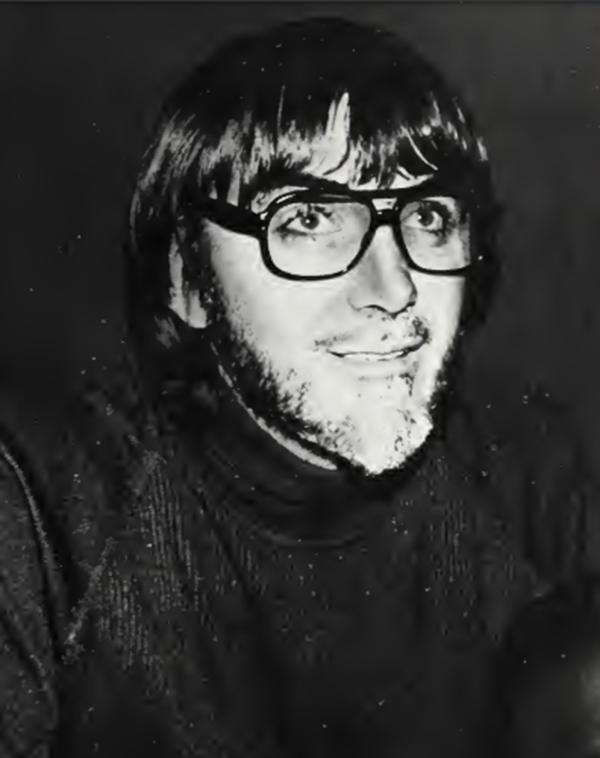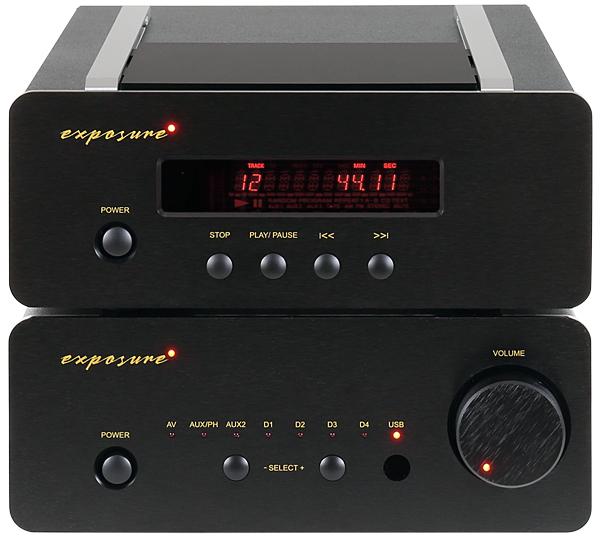LATEST ADDITIONS
|
Jan 31, 2020 |
First Published: Jan 01, 1990
|
Jan 28, 2020
|
Jan 24, 2020
|
Jan 21, 2020
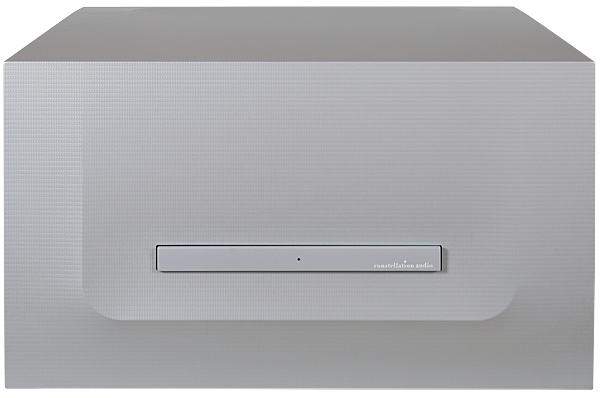
 Equipping its Centaur amplifier with a power supply from the Reference series Hercules model has done more than boost the output of this mkII – a true high-end heavyweight
Equipping its Centaur amplifier with a power supply from the Reference series Hercules model has done more than boost the output of this mkII – a true high-end heavyweight
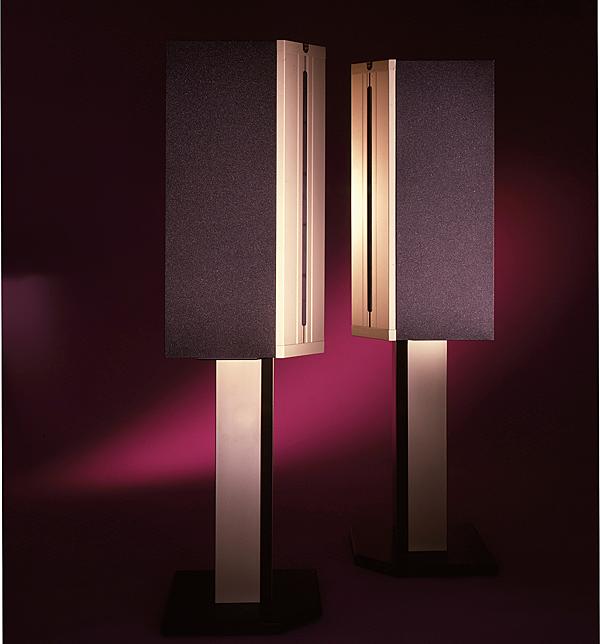
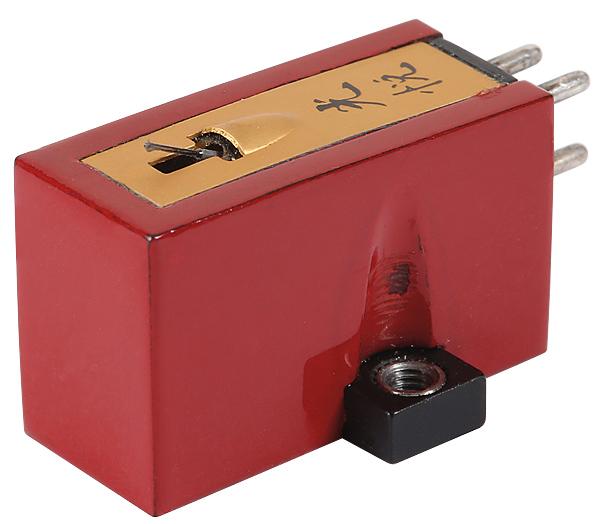
 Like a winery with one grape but a dozen variants, Koetsu's latest Urushis challenge moving-coil veterans with subtleties – will the Vermillion leave us seeing red?
Like a winery with one grape but a dozen variants, Koetsu's latest Urushis challenge moving-coil veterans with subtleties – will the Vermillion leave us seeing red?

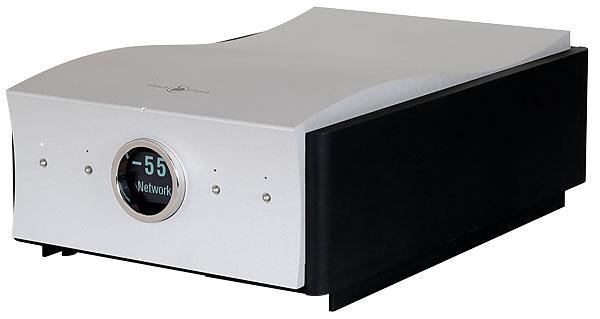
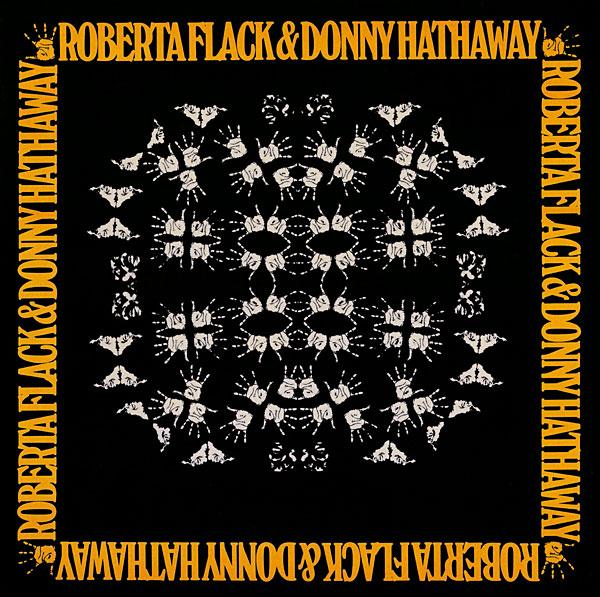
 Icon Audio's new Stereo ST30SE amplifier makes use of beefy KT150 output valves in an effort to overcome the traditionally low power of SE tube amps. Does it succeed?
Icon Audio's new Stereo ST30SE amplifier makes use of beefy KT150 output valves in an effort to overcome the traditionally low power of SE tube amps. Does it succeed?
